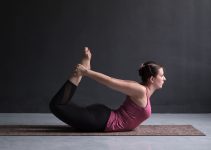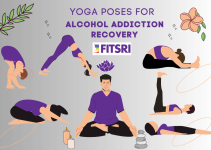- Importance of Muscle Awareness
- What is muscle awareness?
- Practice Instruments for Developing Your Muscle awareness
- Is muscle awareness pseudoscience?
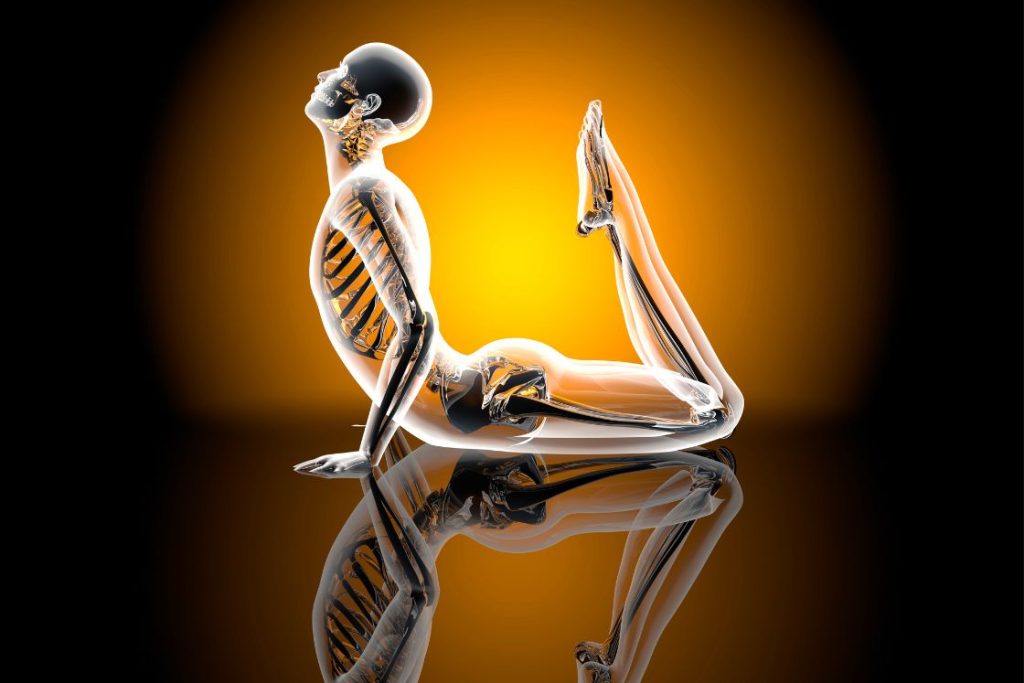
The benefits of yoga depend on the perfection of the form of your pose. And the form, in turn, depends on muscle awareness! Truth be told, muscle awareness is fundamental to performing any physical activity, workout, or sport properly. And yes, you can only achieve this with practice. However, if you do not practice mindfully, your efforts will likely be in vain — or at least laboriously delayed.
Which brings us to the question: What is Muscle awareness? This is the inquiry we will tackle from here on. This and some more!
Many of the opinions and concepts discussed later in this article are inspired by the works of many brilliant minds. The most notable inspirations for this Article are, Science of Yoga by Ann Swanson, What is Life? By Paul Nurse, and Molecular Biology of the Cell by Bruce Alberts.
Why is Muscle Awareness Important?
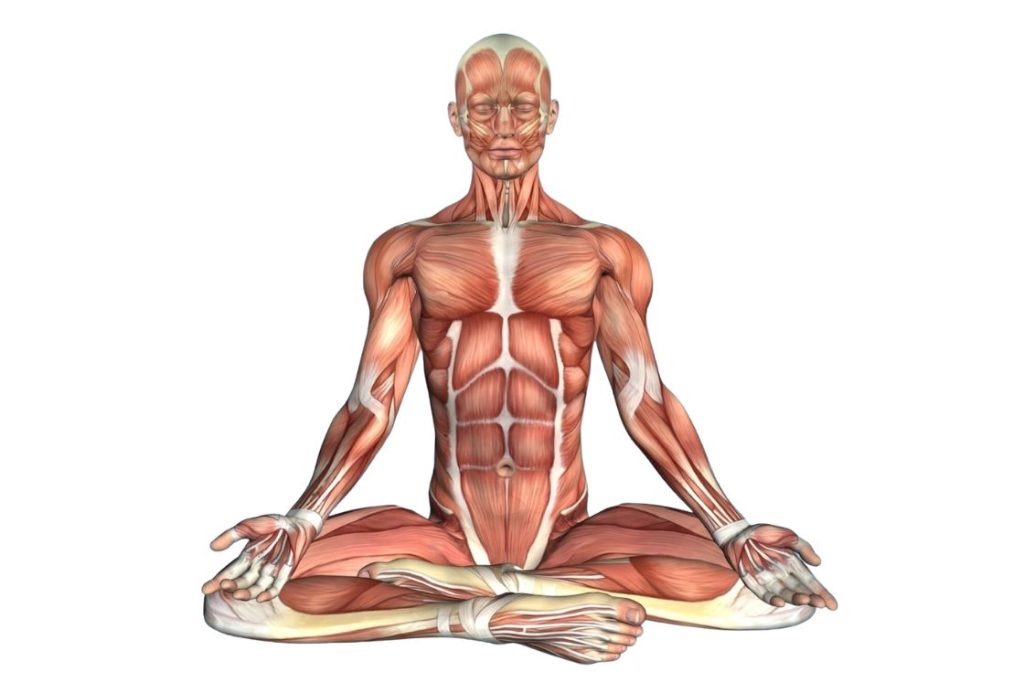
The posture of every asana has been very purposefully decided. Every joint and muscle form, and their movement before the hold, provides precise functions (or stimulations) for your body.
For example, In Bound Angle Pose, or Baddha Konasana, it might seem like paying attention to your leg muscles is the primary task—but, that wouldn’t be the complete story! The pose puts a very targeted effect in your groin and pelvic region, however, for the effect to remain targeted in the desired region it’s important that your upper body remains in form as well. For perfect form in Baddha Konasana, you must have your inner hand muscles engaged, abdominal muscles stretched, and your back muscles stretched and engaged at the same time. If not then the tension gets distributed across the rest of your body, and the pose dissipates in effect.
Similarly, in every pose the way your muscles are engaged and stretched throughout your body, the angle that your joints form, your body alignment, and your body weight balance—every aspect of your form is integrally responsible for the targeted effect each pose intends.
Muscle Awareness for Efficient Breathing and Avoiding Injury
Besides getting the perfect form, muscle awareness is also critical to avoiding injuries and efficient breathing. We are all very consciously aware of the major superficial muscle groups that move our hands, legs, and so on. However, muscles like our facial muscles, respiratory & cardiovascular muscles, kegel muscle, etc, don’t get our daily conscious attention. As our muscle awareness increases we will develop a finer control over these neglected muscles.
Building up unnecessary tension in the face, head, and neck region is a common mistake during, even, beginner poses like Bhujangasana, Setu Bandhasana, and practically most of the poses that require you to build up some level of tension. With a sufficient level of muscle awareness, you can keep your face, head, and neck region relaxed even in challenging poses such as Shirshasana.
Deep breathing and patterned breathing will both require greater control over your cardiovascular muscles and respiratory muscles. Without a basic level of muscle awareness it can be challenging to both inhale deeply and stretch the exhales. Finally, engaging your core, kegel, and glute muscles proves elemental to many of the Yogasanas. Unable to have proper awareness in these regions, you leave yourself vulnerable not only to injuries like superficial muscle and ligament damage but also to deeper wear and tears.
How Asanas benefit health at the molecular level when done with proper muscle awareness
At the fundamental level, the human body is put together and works as a whole by an incredibly, and mind-bogglingly, wide variety of molecular machines. From healing and muscle growth to hormone secretion, enzyme production, and digestion—at the molecular level, it’s all just an assembly of chemical and physical activities. Activities like forming chemical bonds between different molecules, different molecular assemblies losing or gaining a new atom, an atom losing or gaining an electron or proton, and so on.
It might feel how can such trivial activities create such complex biological outcomes like digestion—then simply wrap your head around the fact that in a single cell, millions of such molecular/atomic activities can be completed in just a second!
The bottom line is your asanas, utilize focused muscular movement, skeletal movement, and neural concentration in targeted areas. And, in doing so it stimulates the molecular machines in those targeted regions to work optimally and do what they are meant to be doing. Practice makes perfect—not just for you as a complex being, but also for your cells as the smallest living units of your life.
Adjust the muscle form as per your unique physical requirement
Having stressed enough the importance of form, it is also important to give a wholesome reminder of the need for adjustments. Different individuals mean different body types, inherent disorders or medical conditions, weak spots, strength levels, range of motion, and muscle flexibility.
This is why it is important to note that one must practice under the proper guidance of a responsible yoga instructor or teacher. Before practicing a pose it is important to evaluate if your fitness level is suitable for the requirements of that pose. Sometimes, you might need to add some support or go through a series of preparatory steps. Whereas, sometimes, you might need to avoid the pose, for the time being, altogether.
What is Muscle Awareness?
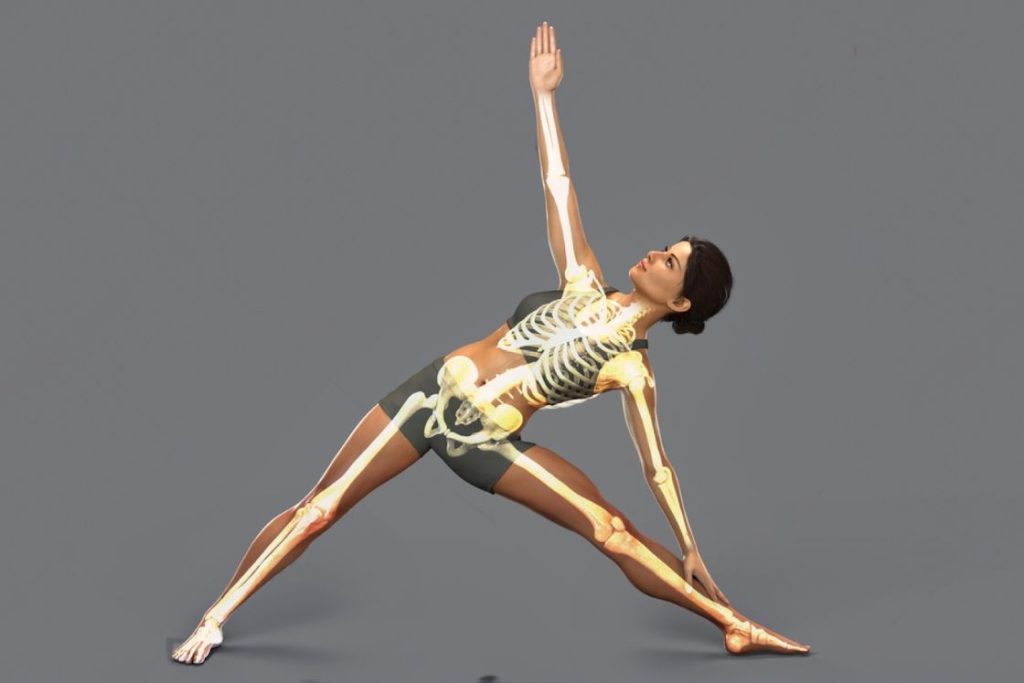
Understanding awareness without fully having a picture of how the mind works, is practically impossible! So, let’s build our understanding of muscle awareness from the ground up.
The fundamental idea of awareness
Our sense organs come in contact with physical information—such as light waves, sound waves, heat, and the chemistry of physical elements. The mind will first assign value to this information for example a particular colour, sound tone, temperature, taste, and smell. Then the mind integrates memories associated with these values and the aggregate mental ability to analyze—to render a perception that gives meaning to these values. The meaning is then stored as memory, as well as, utilized for knowing, learning, and development of mental abilities. And, the state of the mind during these processes is consciousness.
The mind can also use the values of the physical information and the perception to create stimulation that generates cognition, which may further lead to motor activities and other physical activities.
Now, when all of this happens involuntarily there isn’t much awareness involved. However, when the before-mentioned processes happen purposefully, the mind employs two other critical processes—awareness and attention. Attention is when the mind focuses on all the external information (outside your body or on the surface of your body,) whereas awareness is your mind focusing internally to determine how the external information is affecting the internal state of your mind.
Muscle Awareness | From Consciousness to Contraction
Muscle awareness, often referred to as proprioception, is a fundamental aspect of our neuromuscular system. It involves the intricate sensory feedback loop between our muscles, joints, and brain that enables us to perceive the position, motion, and tension of our body without relying on visual cues. This awareness plays a pivotal role in coordinating movements, maintaining balance, and executing exercises with precision. For instance, when performing a squat, proprioception allows us to sense the depth of the squat, the alignment of our knees and hips, and the activation of various muscle groups.
1. Integrating muscle movement with spatial intelligence
Spatial intelligence is critical to muscle awareness. Spatial intelligence is basically how effectively your mind can carry out cognition from the visual cues of its environment. So a painter who looks at a real-life event, turns it into a vivid mental picture, and expresses it beautifully on the canvas—would be considered to have strong spatial intelligence. Similarly, a carpenter who looks at your space and cleverly designs a wardrobe that fits perfectly, and a footballer who observes the incoming ball in the air, judge the speed, deviation, and distance, and accordingly places himself/herself in the right position—would both be considered to have strong spatial intelligence as well.
In Yogasana, as you think about doing a pose, your mind quickly fetches information from the memory of all you know (and have learned) about the pose. Based on your present state of consciousness and your existing knowledge and learning about the pose, your mind hands out a list of molecular activities (using neural networks, feedback loops between brain regions, and the nervous network in general,) for your muscle tissues throughout the body. Following this process, your muscles start to stretch, contract, rotate, move, engage, relax, and so on.
Now, as the muscle movements start to happen the nervous system relays back the movement information to your mind. Your mind uses spatial intelligence to use movement information to create a visual imagination of how your aggregate pose is looking or how a particular muscle group is moving. A loop is then initiated between your mind and muscles—and a dynamic process is established where your every movement is properly synchronized with your visual imagination.
2. The deep science behind the mind-body connection
Muscle awareness begins with the brain’s neural activation. When you decide to contract a specific muscle consciously, the brain sends electrical signals through motor neurons to the target muscle fibers. These electrical signals trigger the release of neurotransmitters, such as acetylcholine, at the neuromuscular junction (the point where nerves connect to muscle fibers).
Upon receiving the signals, acetylcholine binds to receptors on the muscle fibers’ surface, causing the muscle cell’s membrane to depolarize. This depolarization leads to the release of calcium ions from the sarcoplasmic reticulum, a specialized structure within the muscle cell. Calcium is a key regulator of muscle contraction.
The released calcium ions bind to troponin, a regulatory protein on the thin filaments of muscle cells. This interaction causes a conformational change in the troponin-tropomyosin complex, exposing binding sites on actin (another protein in the thin filaments). Myosin heads, present in the thick filaments of muscle cells, then attach to these exposed binding sites on actin.
When myosin heads attach to actin, they undergo a “power stroke,” pulling the thin filaments towards the center of the sarcomere (the basic contractile unit of a muscle). This sliding filament mechanism shortens the sarcomere, leading to muscle contraction.
During muscle awareness, the focus and concentration on a specific muscle group can lead to enhanced neural activation and recruitment of more muscle fibers within that group. This enhanced recruitment can lead to more efficient muscle contractions, resulting in improved strength, control, and performance during exercises or physical activities.
Mindful Practice Leads to Muscle Intelligence and Muscle Memory
Closely associated with muscle awareness, are two other aspects—muscle intelligence and muscle memory.
When you practice an asana over and over again it not only improves your muscle awareness, but it also improves your muscle intelligence and muscle memory. Your individual cells can exhibit activities that resemble “memory” and “intelligence.” Cells have the ability to sense changes to their environment, process the information, and accordingly respond by making necessary changes to their internal state; much like “intelligence”. And, cells can also retain information on how the changes to their environment affected their internal state, much like “memory.”
In terms of muscles, the more you practice the more your muscle learn to adapt to different levels of tension, stress, stretch, etc, and learn to respond to different stimulations triggered by the nervous system. Further, with adequate practice, the muscle tissues also remember what are the optimum ways to operate in order to move in a particular way.
The gist of the matter is, when you practice mindfully and purposefully you develop muscle awareness—and when you continue your practice in an aware state your muscle intelligence and muscle memory increase significantly. The collective result of all of this is that the form and structure of your practice become technically correct—consequently, you are rewarded with the maximum benefits the asanas can deliver.
Note: It’s important to remember that reality doesn’t discriminate in terms of different subjects or concepts. Fundamentally, once again, it’s just a whole lot of molecular and cellular activities being carried out. Thus, it is wise not to get lost in a maze of complex words, and try to follow the gist of the matter and how is it relevant to our practice.
How do different bodily systems affect your Muscle awareness?
Yoga is a holistic process, it never recommends a quick fix. In the case of improving muscle awareness too, yoga recommends a multi-dimensional approach that needs you to understand how different systems of your body come together collectively to establish your muscle awareness.
Your muscle awareness is typically affected by the 7 major systems—your skeletal system, muscular system, nervous system, endocrine system, respiratory system, cardiovascular system, and digestive system.
The role of the skeletal system in muscle awareness
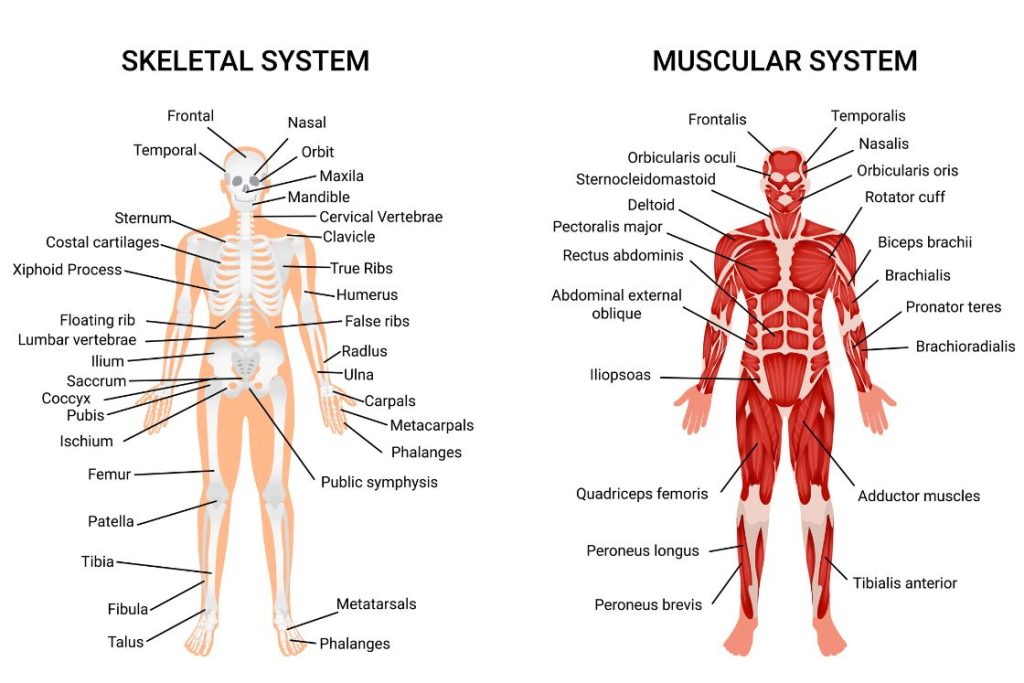
The skeletal system provides the structural framework for the body, including the attachment points for muscles. Bones act as levers, and when muscles contract, they exert force on bones, leading to movement. Our muscle awareness is influenced by the position and movement of bones. Receptors within joints and connective tissues called proprioceptors provide feedback to the brain about the position, tension, and movement of muscles and bones. This feedback helps us understand the spatial orientation of our body parts and the forces being applied during movement. Your bone health is quintessential to your calcium levels, and calcium is critical for muscle contraction. Lastly, the health of your skeletal system also impacts the health of your spinal cord which is primarily responsible for supporting nervous functions throughout the body.
The role of the muscular system in muscle awareness

The muscular system directly influences our muscle awareness. Muscle fibers contract in response to nervous system signals, generating force that moves bones and joints. Muscle spindles, sensory receptors within muscles, sense changes in muscle length and rate of change, providing feedback to the nervous system about muscle tension and stretch. This feedback helps us adjust our movements and maintain muscle control. By responding to signals from the nervous system and providing sensory information, the muscular system plays a vital role in muscle awareness.
The role of the nervous system in muscle awareness
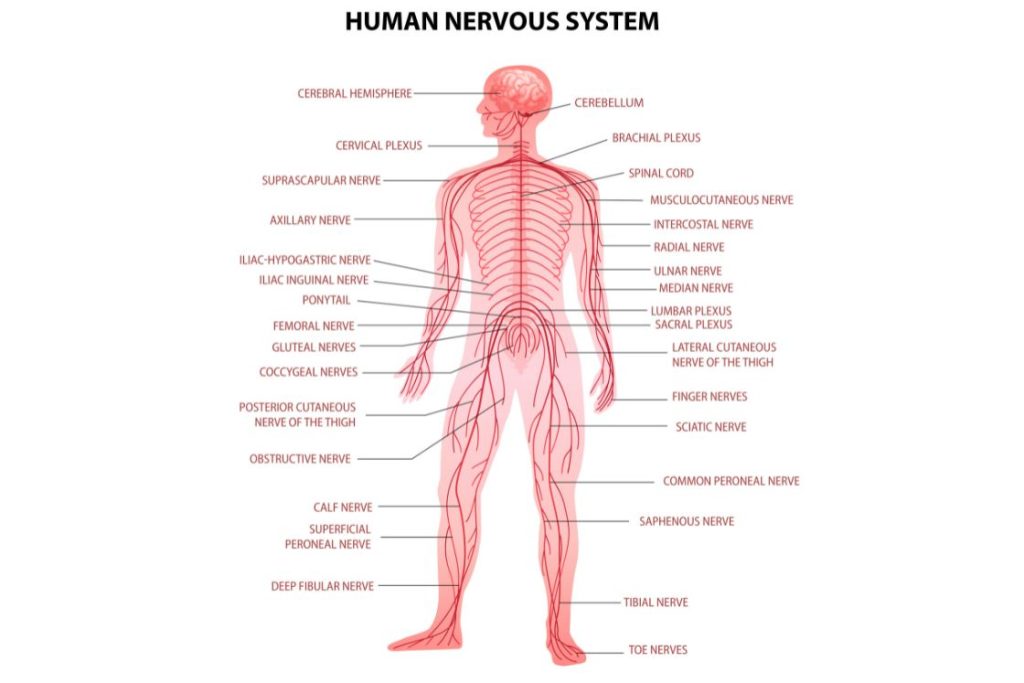
The nervous system is central to muscle awareness. Sensory neurons carry information from muscles, tendons, and joints to the brain, allowing us to perceive factors like muscle tension, joint position, and movement speed. Motor neurons transmit signals from the brain to muscles, coordinating contractions. The brain integrates these sensory inputs and sends commands to muscles for precise movements. This communication loop enables muscle awareness by providing real-time feedback on muscle state, positioning, and coordination.
The role of the endocrine system in muscle awareness
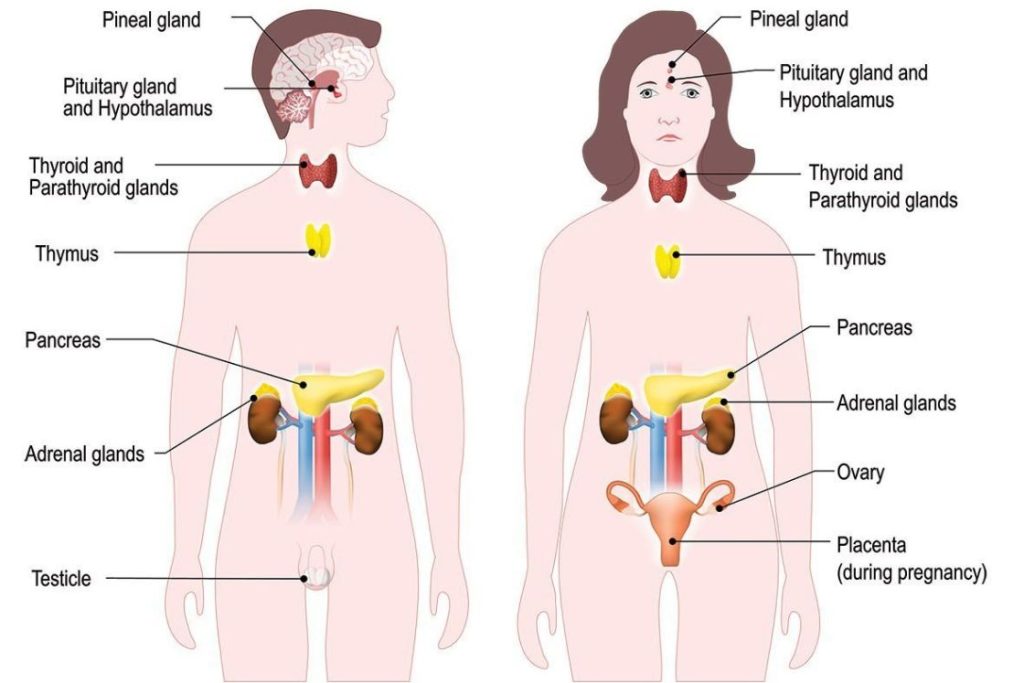
The endocrine system, through hormones, can influence muscle awareness indirectly. Hormones like cortisol, released in response to stress, can affect muscle tension and overall awareness of muscular sensations. Additionally, hormones like insulin and growth hormone play roles in muscle development and maintenance. Hormonal imbalances can impact muscle health, potentially altering sensations and awareness related to muscle function.
The role of the digestive system in muscle awareness
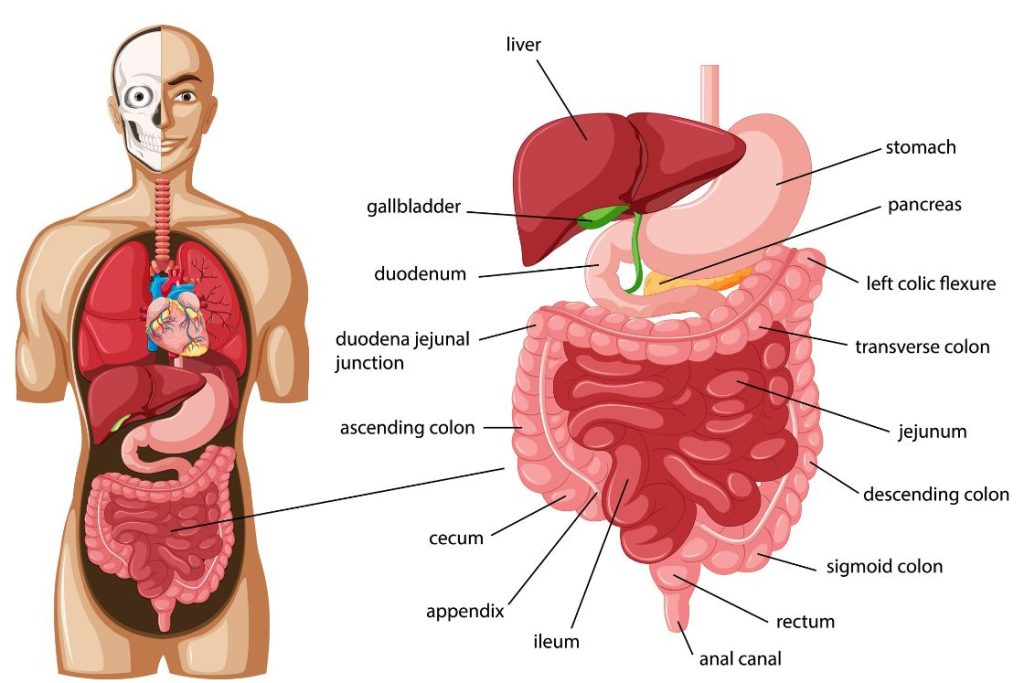
While the digestive system doesn’t have a direct role in muscle awareness, it indirectly contributes to maintaining muscle function. Nutrients obtained from the digestion and absorption of food provide the energy required for muscle contractions. Adequate protein intake supports muscle growth and repair. Nutrient deficiencies can lead to muscle weakness or fatigue, impacting overall muscle performance and, consequently, muscle awareness.
The role of the respiratory system in muscle awareness
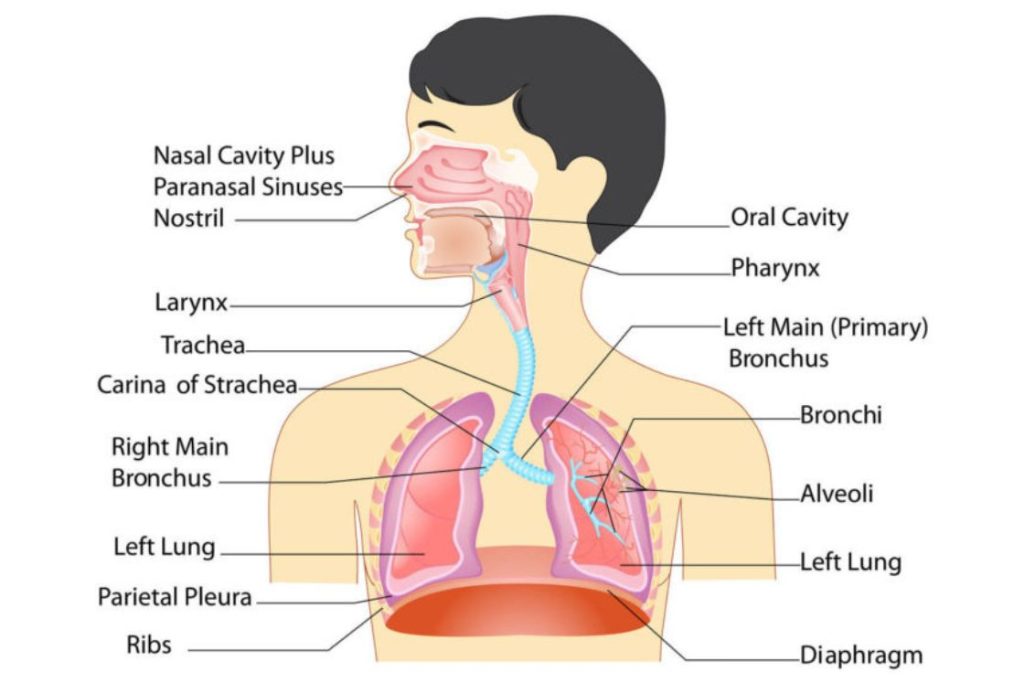
The respiratory system provides oxygen to muscles during physical activities. Oxygen is essential for cellular respiration, which generates energy for muscle contractions. Insufficient oxygen supply can lead to muscle fatigue and reduced awareness of muscle sensations. Muscles produce carbon dioxide as a byproduct of energy metabolism. The respiratory system eliminates carbon dioxide from the bloodstream, helping to regulate blood pH. Imbalances in carbon dioxide levels can affect muscle function and awareness of discomfort or fatigue.
The role of cardiovascular system in muscle awareness
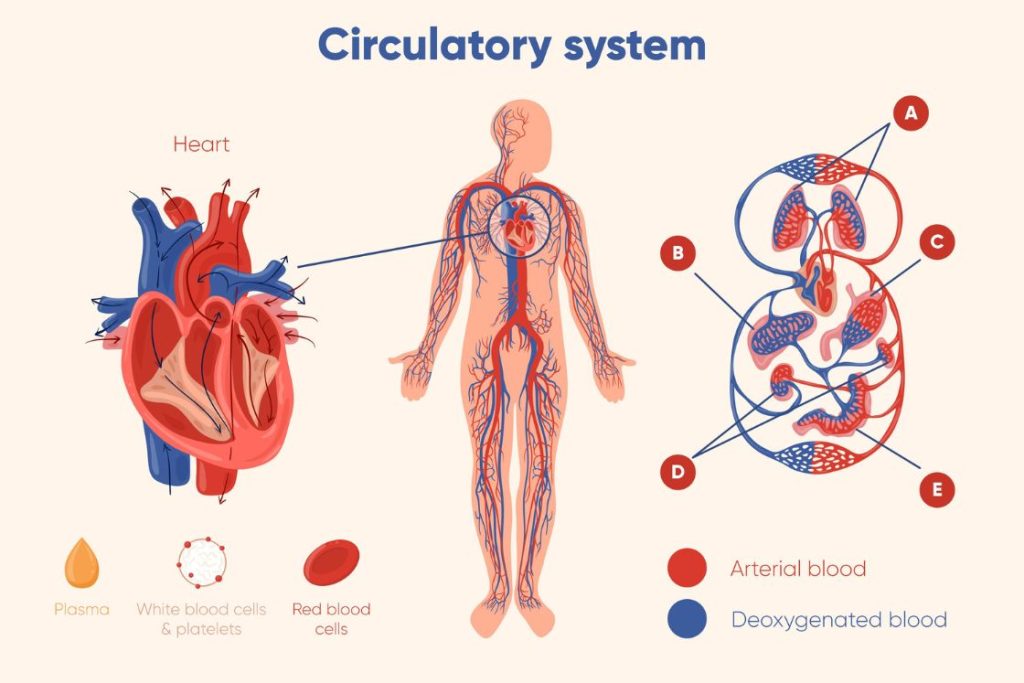
The cardiovascular system delivers oxygen and nutrients to muscles through the bloodstream. Efficient blood circulation ensures that muscles receive the necessary resources for optimal function, enhancing muscle awareness during activities. The cardiovascular system also helps remove metabolic waste products, such as lactic acid, from muscles. Proper waste removal contributes to reduced muscle discomfort and cramping, positively influencing our awareness of muscle sensations.
Practice Instruments for Developing Your Muscle Awareness
Meditative yoga poses for better body awareness:
Even the simplest yoga poses like Tadasana, Siddhasana, Vajrasana, Balasana, and Vrikshasana can be of huge help in developing muscle awareness. These poses don’t involve a lot of movement, rather they provide a stable hold that allows you to meditate on the state of different muscles throughout your body. Take Siddhasana for example, it’s a simple seating pose, yet it can very prominently help you focus on your core, back, pectoral, pelvis, and intercostal muscles. Similarly, the simple standing Tadasana is probably one of the best poses for developing your spine awareness.
Slow and controlled yoga for improved mind-body connection:
Slow and controlled practice of beginner yoga poses like Cat-Cow, Ustrasana, Ardha Matsyendrasana, Setu Bandhasana, Salabhasana, and Bhujangasana is also a great way to develop muscle awareness. The slow and controlled movement allows you to feel every stage of the movement and the muscles involved, enhancing your muscle awareness.
Hand mudras can augment your muscle intelligence:
Hand mudras are specific hand gestures that require very precise concentration and awareness. Practicing these help you develop neural connections, neural networks, and sensory regions that are specific to muscle awareness. Mudras may develop brain areas linked with sensory acuity and motor skills.
Practice in front of a mirror to build spatial intelligence:
Practicing in front of a mirror is one of the best ways of developing your spatial intelligence. Practice different yoga poses and free hand exercises or mindful body movements in front of a whole-body mirror. Notice carefully, during practice, how your form, movement, and structure are—and experience carefully how you feel through the movement of the practice. As with multiple practices, the feeling and visual cue integrates—you will notice a stronger bond forming between your mind and the body.
Incorporating Breath into Movement improves bodily kinesthetics:
During exercises, such as weight lifting, yoga, or stretching, synchronize your breath with your movements. For instance, you might inhale during the less intense phase of a movement and exhale during the exertion phase. This helps you manage muscle tension and maintain better control.
Mindful Breath Observation can develop conscious muscle control:
Spend a few minutes each day sitting quietly and focusing solely on your breath. Observe how it feels as you inhale and exhale, the rhythm, and the sensation of air entering and leaving your body. This practice promotes mindfulness and relaxation, which can translate to better muscle awareness during exercise.
Isolation exercises can improve awareness in specific muscle groups:
Isolation exercises typically involve a single joint movement that isolates a particular muscle. For example, a bicep curl isolates the bicep muscle by predominantly moving only the elbow joint. Since you’re targeting a specific muscle, your attention is directed to that muscle’s movement and contraction. This concentrated effort enhances your ability to feel and control the muscle’s actions. Isolation exercises help you establish a strong mind-muscle connection. This connection involves consciously focusing on the muscle as it contracts and relaxes, resulting in better engagement and more effective training.
Is Muscle Awareness Pseudoscience?
When it comes to the matter of consciousness and awareness it is wise to use the terms carefully. Both awareness and consciousness are very complex subjects in neuroscience. However, its complexity doesn’t negate its reality. Yes, with our current understanding of the physical universe and life in general—we can dissect matters of awareness and consciousness only to a certain point, beyond which we only make research-based assumptions. But, such has been the case with any revolutionary knowledge prior to its discovery. With modern developments in the fields of molecular biology and quantum biology, we are sure to get a deeper investigation into these matters, eventually. Till then we must try to reason with the best biological explanations and research studies available.

